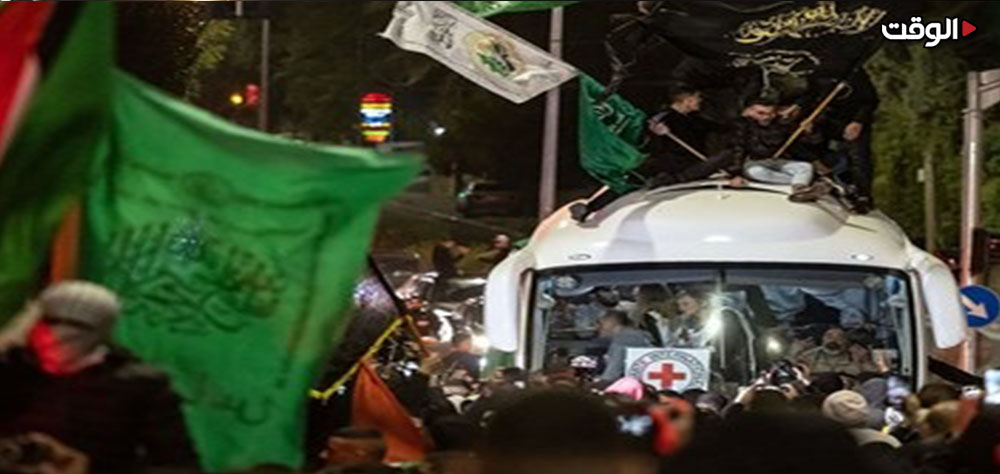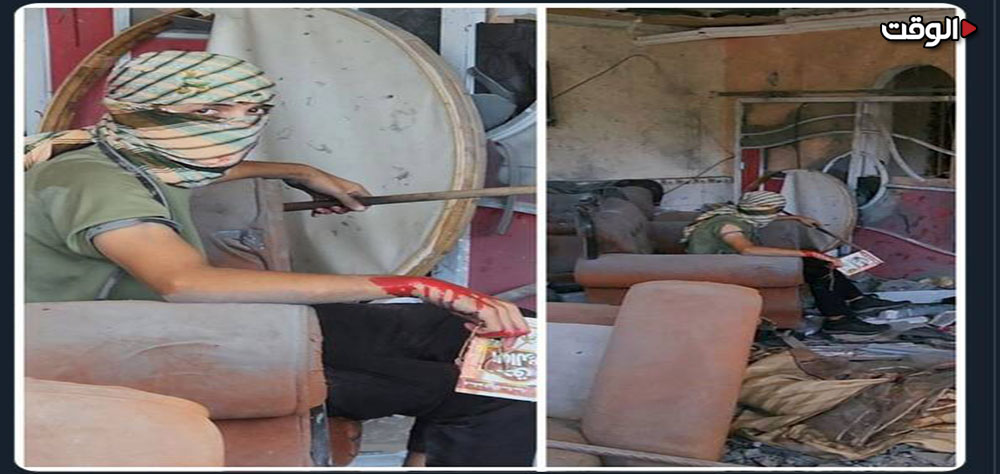Alwaght- Killing at least 30 people from two sides so far, the deadliest fighting between Azerbaijan and Armenia over the disputed Nagorno-Karabakh breakaway region lay bare the fragility of Caucasus region’s security while efforts are under way to change the status quo in the region. 22 years after Baku and Yerevan declared ceasefire, which was known as “frozen battle”, it seems that the present leading notion in Azerbaijan is that changing the current conditions and equations of the long-standing crisis known as Nagorno-Karabakh through use of military power is possible. Before start of the clashes- some decided to call it a war- between the two sides, the Russian media had published reports, maintaining that Baku was deploying military forces and fortifications to the disputed region.
Both Baku and Yerevan have given different accounts for re-ignition of clashes, accusing each other of doing provocations on the truce lines. However, in the new conditions, Azerbaijan has found a stronger drive to transform the status quo by use of force. The government of President Ilham Aliyev in recent years, due to increased oil incomes, has spent large amounts of money on buying arms. According to the official figures, Azerbaijan’s military budget has jumped to $6.3 billion in 2013 from $3 billion in 2012. It also saw a rise in 2014 up to $8.3 billion. Rising by 27 percent, the military spending touched $8.4 billion in 2015. The Azeri officials suggest that the country’s military budget has witnessed a 20 times increase within the course of 10 years, reaching over 20 percent of the country’s whole budget. They don’t even hide the fact that their military purchases, which included $4 billion deal with Russia as well as $5.1 billion with the Israeli regime, have been made with the aim of ending what they called Armenia’s occupation of Karabakh.
In addition to President Aliyev’s domestic motivations, the circumstances and equations of Caucasus during the past few years have moved to a direction that gave Baku a feeling that it could change the situation between it and Yerevan after two decades of truce deal. The Russians, despite their traditional support for Armenia, in recent years have sent out signals, indicating that they could show a more neutral behavior in the Baku-Yerevan rift over Karabakh. Although Russia remains the leading power in Caucasus region, Kremlin’s unprecedented arms sales to Azerbaijan, which were faced by Armenia’s outcry, beside Moscow’s conservative approach in dealing with the pro-Western Georgia, have helped Azerbaijan review its assessments of the current status of Caucasus region. Beside this issue, Turkey’s role in Caucasus and actually Ankara’s provocative behavior in the region should not be ignored in providing an understanding of the current conditions. The Turkish President Recep Tayyip Erdogan, immediately after eruption of clashes on Saturday, has called the OSCE Minsk Group (Organization for Security and Co-Operation in Europe), which includes Russia, France and the US, as incompetent in finding settlement for Karabakh conflict. At the same time, the Turkish president added that Turkey would have the back of Azerbaijan to the end in Karabakh struggle.
Ankara’s provocative role is not only determining in shifting Azerbaijan’s calculations but also it is a kind of effort by Turkey to change the equations of Caucasus region in revenge of its losses in the Syrian crisis.



























